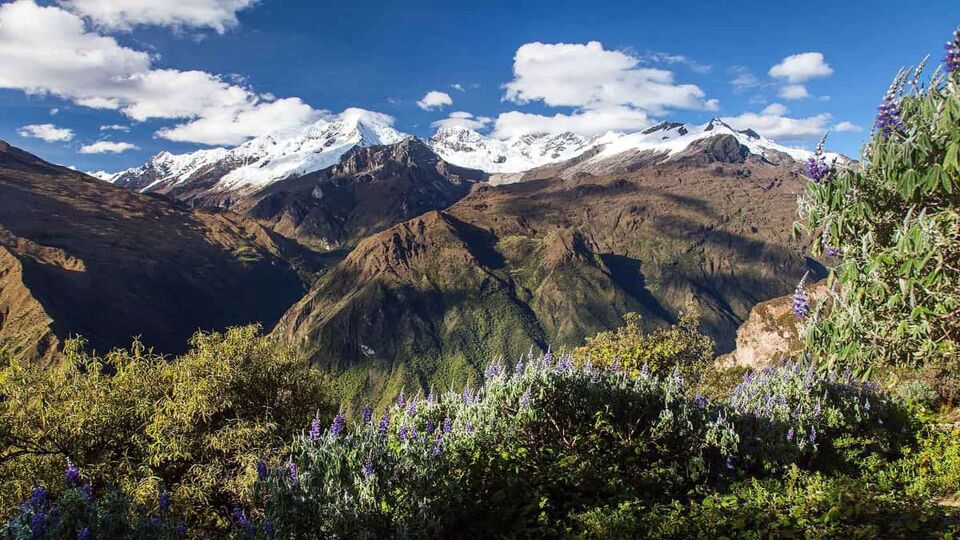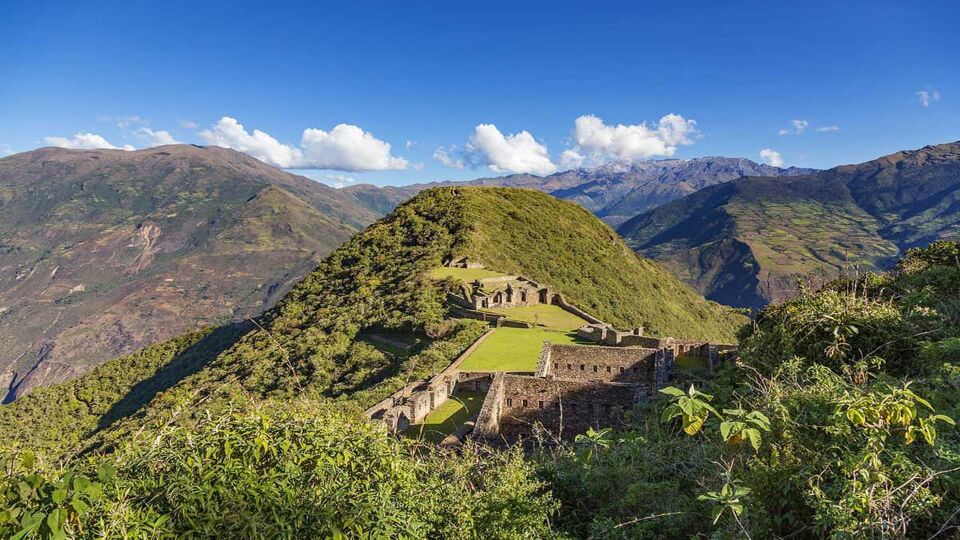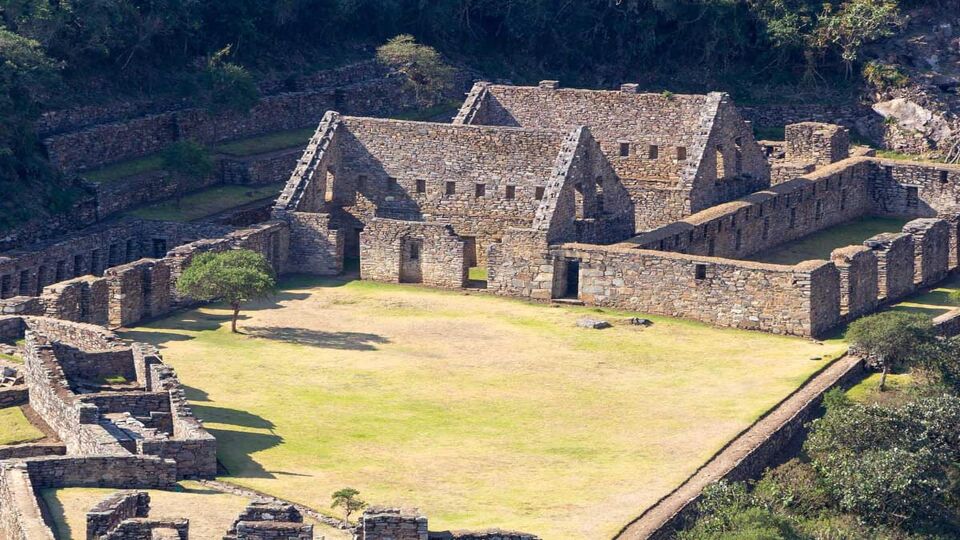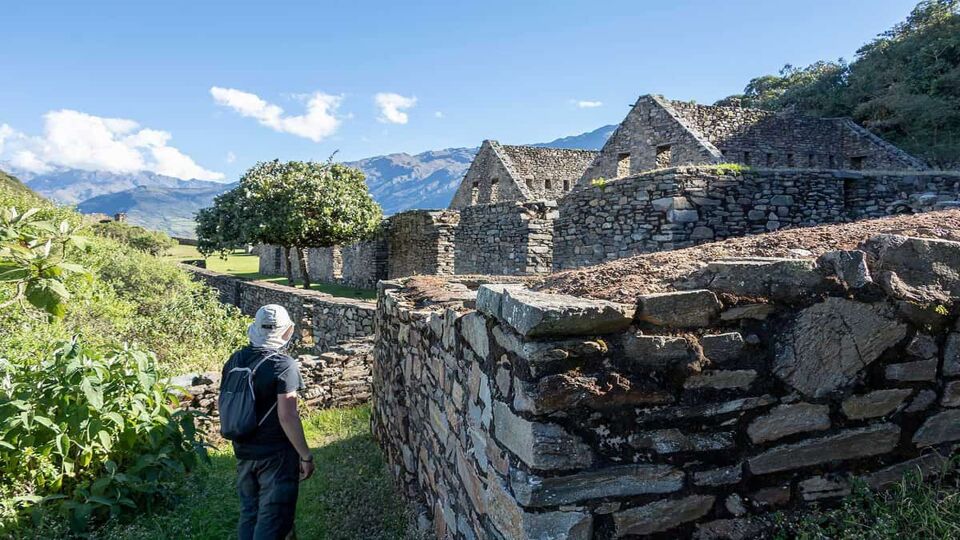
Travel bucket list idea:
Hike the Choquequirao Inca Trail
Cusco Region, Peru
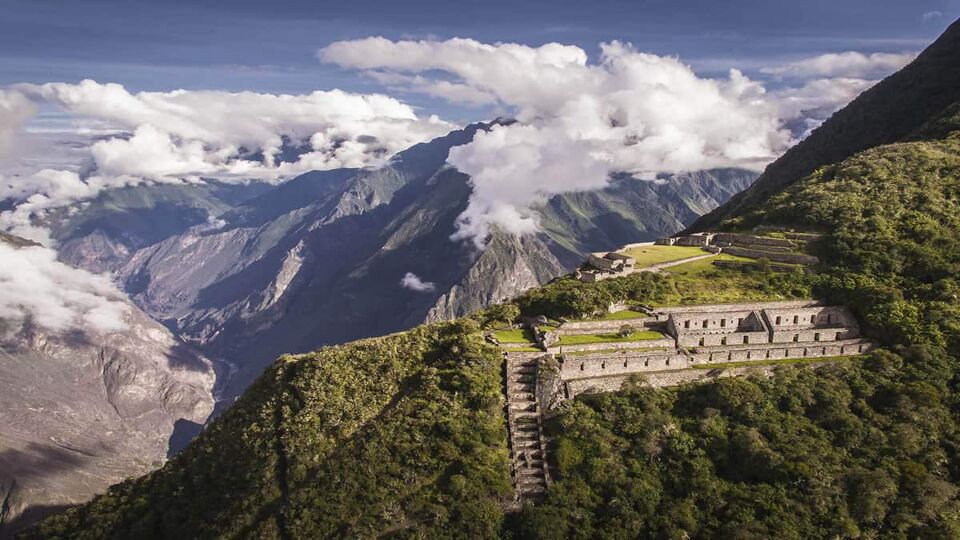
If Machu Picchu in the most spectacular of the Inca ruins, lost for centuries among the Andes, Choquequirao comes a close second. Surrounded by lush forests and jagged, icy peaks and perched on the side of a precipitous gorge, it’s breathtakingly situated – but while some 3,000 tourists a day come to Machu Picchu, Choquequirao receives just a few.
There are two ways in – on a five or nine-day mountain hike (with two nights camping at the site). If you’re fit and have time, opt for the longer walk, which follows an Inca road. The landscapes are spectacular: cutting through steamy cloud forests, over condor-soared mountain passes, overnighting in indigenous villages, visiting myriad ancient ruins including Choquequirao itself.
The walk finishes with a dramatic descent and climb through one of the world’s deepest river valleys, though you can also continue on to Machu Picchu.
While Choquequirao receives only 1% of Machu Picchu’s visitors, there will still be a few tour groups.
Logistics
Getting there & doing it
The walk begins at a tiny hamlet 6 hours from Cusco, passes the Inca ruins at Vitcos, climbs the high Choquetacarpo pass to Yanama, the Mina Victoria pass and drops into Choquequirao. The hike finishes with a descent through the Apurímac valley and a climb over the Capuliyoc pass to the village of Cachora, from where there are buses to Cusco (three hours).
The route is not straightforward so the only practical way to visit is on a pre-booked trek with a tour operator who can organise all transport and guides.
Expect temperatures of 15-25°C during the day, below 3,000m. It can reach close to freezing on the high passes and at night. Buy quality hiking boots and wear them in before the walk.
When to do it
April to October is the best time to hike:, when there is less chance of rain, and skies are generally blue; especially in August and September. But bring fleece jackets and windproofs: temperatures can get close to freezing on the high mountain passes.
The rest of the year there is a high chance of rain, paths on lower altitude are muddy and some of the mountain passes can get blocked by snowfall. Dramatic mountain views can be spoilt by thick cloud.

